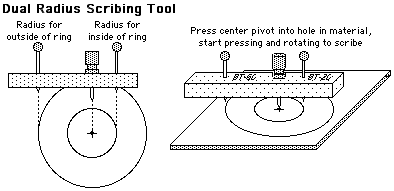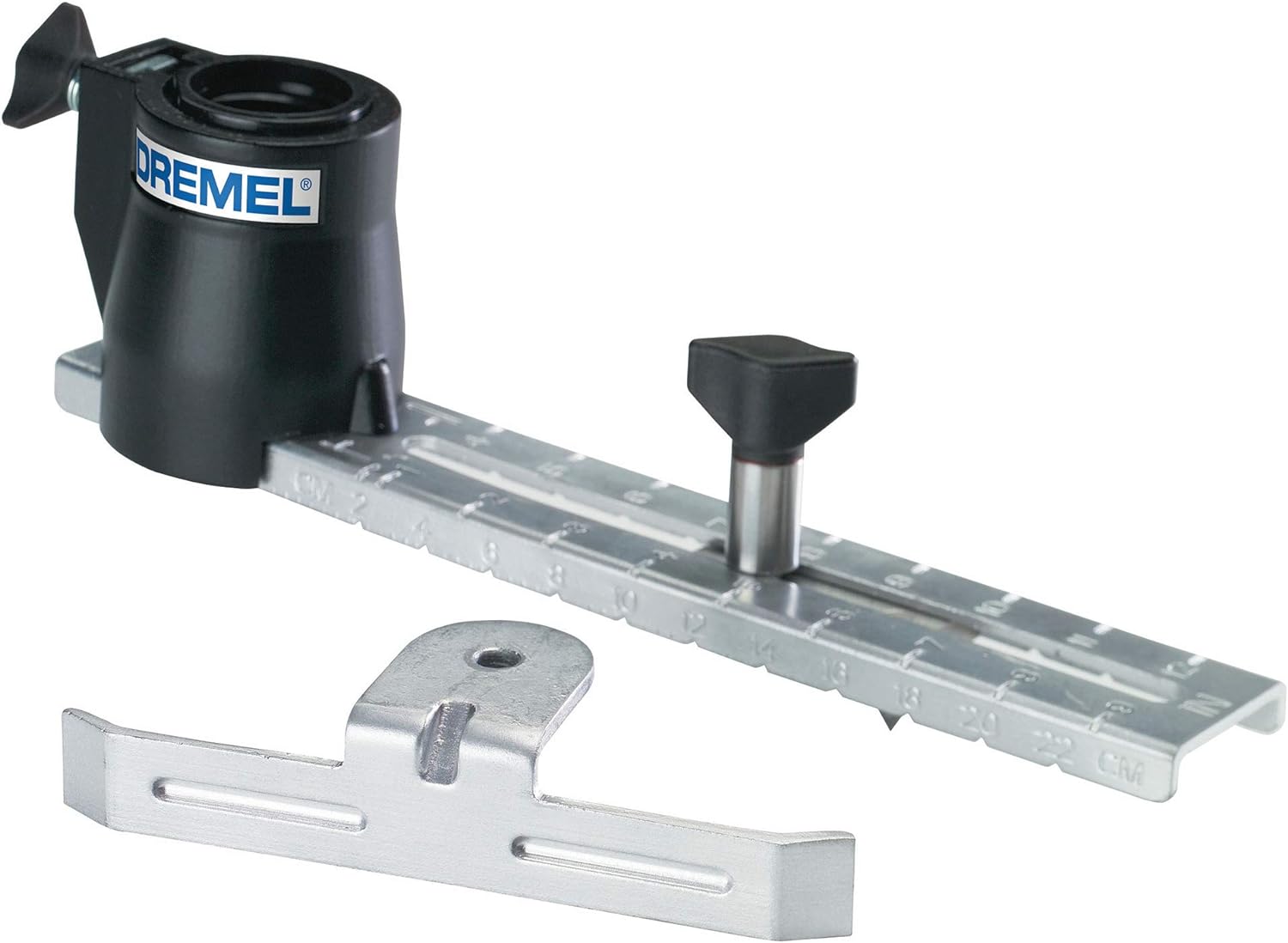John Taylor
Well-Known Member
How can one cut Centering Rings out of plywood accuratly without fancy tools?

Or just get a double cutter.
Wouldn't you want to do the largest first, the outer ring? And then use the same center hole to make the inner cut? Or am I thinking of a different process?
Much easier to cut the inner hole first. (Using a drill press). You would hold the material to the press bed, cut the inner hole, and while the material is still held in the same place, alter the cutter and do the outer hole. Guaranteed concentricity.Wouldn't you want to do the largest first, the outer ring? And then use the same center hole to make the inner cut? Or am I thinking of a different process?
Ha! Never thought of it that way. Set the double cutter to cut both inner and outer size at the same time. Would have to be careful when going through that the finished ring didn't fling off.Or just get a double cutter.
Should be possible to do it with just six popsicle sticks, skewers, coffee stirrers, etc.What’s the deal with requiring rings to center the motor mount? How about three or four flat linear plywood strips, thickness exactly the space between outer edge of motor mount and inner edge of body tube, cut to the length of the body tube, maybe a bit shorter to leave room for a foam board bulkhead. Glue And fillet them to the motor mount tube, slide the mount into the body tube. They could double as attachment points for through the wall fins.
How about three or four flat linear plywood strips, thickness exactly the space between outer edge of motor mount and inner edge of body tube, cut to the length of the body tube, maybe a bit shorter to leave room for a foam board bulkhead.
Router table and a pattern following bit. Use another centering ring as a template.
How can one cut Centering Rings out of plywood accuratly without fancy tools?



... that paper circle cutter ...

Paper yes, but according to link, also: "[...] carpet patching, installation of recessed lighting, cardboard, mat board, thin plywood, drywall, paper, acetates, rubber gaskets and more." So the unknowns are the kinds and thicknesses of wood it can handle (with a reasonable number of passes).
It may still be a "fancy" tool, but other than a compass, a cardboard template, and an X-Acto, it's the cheapest one I know of!
It raises the question of why the OP wants to make the rings out of plywood and whether fiberboard or chipboard would work for their application? Plenty of mid power rocket designs use paper CRs, and for a rocket through wall fins, that's really all that you'd need.
Never thought paper centering rings would be reliable on a mid-power. Since everyone uses epoxy instead of wood glue, I would've thought motor mounts also needed to be as rigid as possible without excess weight.
I used basswood plywood to make a custom 5-motor cluster mount for the 1969 Saturn V, mostly because it was conveniently available at the local Michaels store I like to browse. Used compass, template and X-Acto for exterior and a hole saw on a drill press for interior. I just don't do enough motor mounts to justify buying even an Olfa circle cutter.

I'd like to have a Dremel, but I always end up buying a new rocket instead.

Enter your email address to join: